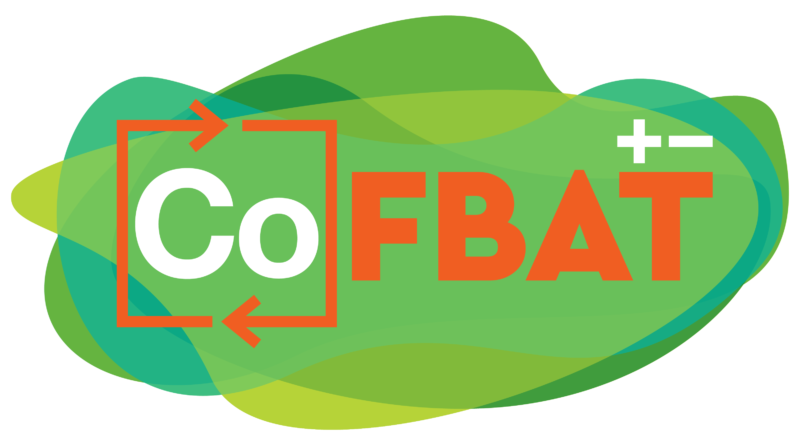COFBAT
COFBAT
Advanced material solutions for safer and long-lasting high capacity Cobalt Free Batteries for stationary storage applications
Website: www.cofbat.eu
The project main goal is to develop new generation batteries for battery storage with a modular technology, suitable for different applications and fulfilling the increasing need of decentralised energy production and supply for private households and industrial robotised devices. New materials and components will be developed and optimised to achieve longer lifetime (up to 10,000 cycles depending on the material selected), lower costs (down to 0.03 €/kWh/cycle), improved safety and more efficient recycling (>50%).
The expected results will strengthen EU competitiveness in advanced materials and nanotechnologies and the related battery storage value chain, preparing European industry to be competitive in these new markets. This will be achieved by using high capacity anodes coupled with cobalt free cathode and with a very safe gel polymer electrolyte separator, leveraging partners’ knowledge in advanced materials. This new technology will be developed up to a TRL 6 (large prismatic cell ESP-Cell 30Ah) at the end of the project, producing these novel high voltage high capacity batteries close to practical applications. Further, the proposed solution will allow Europe to become more independent from raw material and the feasibility of a metal recovery process will be deeply investigated and recommendations for future application will be made.
To achieve the ambitious targets, the CoFBAT project covers the entire value chain, bringing together industrial experts in material development and battery science together with engineering companies and institutes and battery producers and integrators.
Project Budget: 7957796,25€
Leitat Budget: 274’958,75€
Financial Framework: Horizon 2020
Contract number: 875126
Start Date: 01/11/2019
End Date: 31/10/2023
Partners:
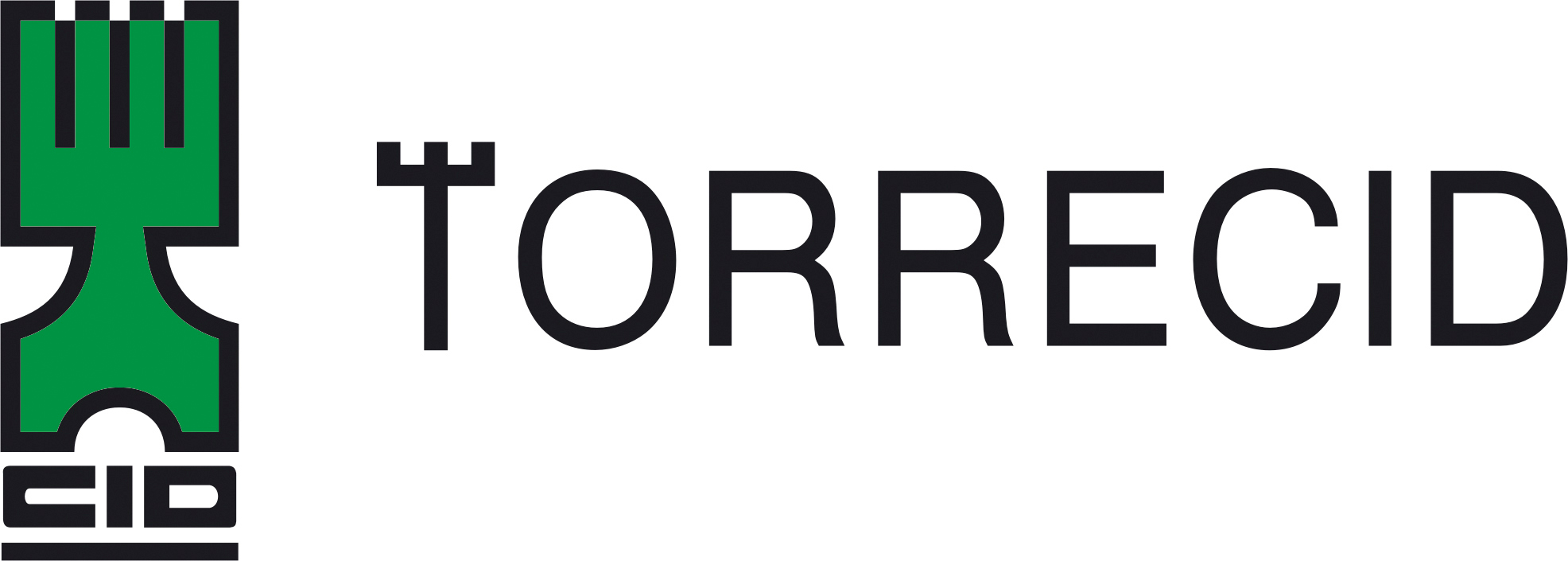





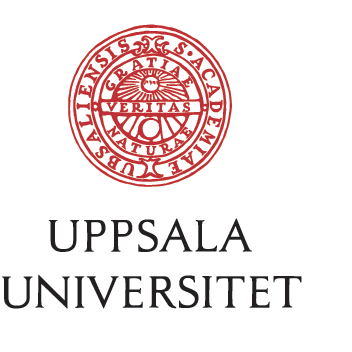

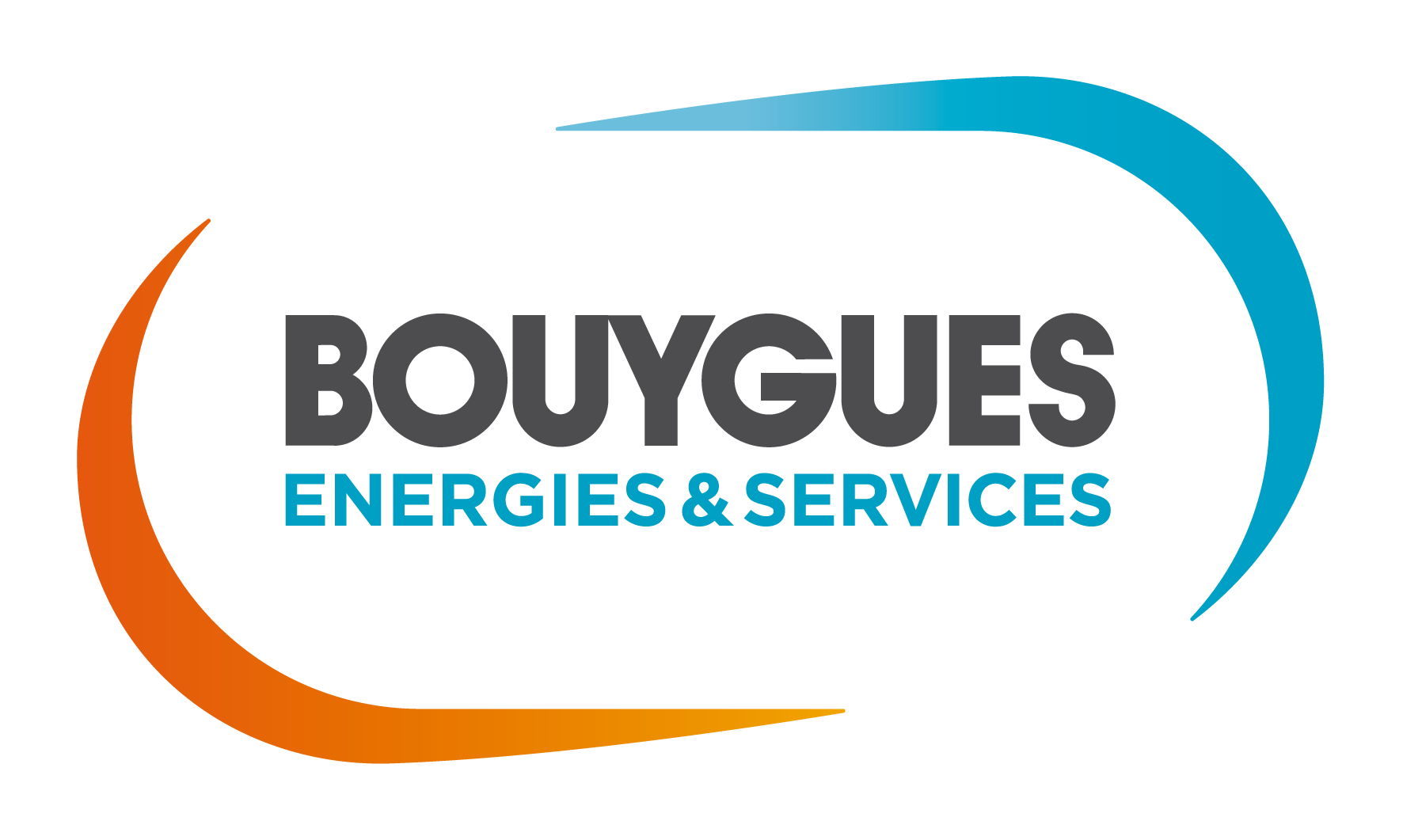

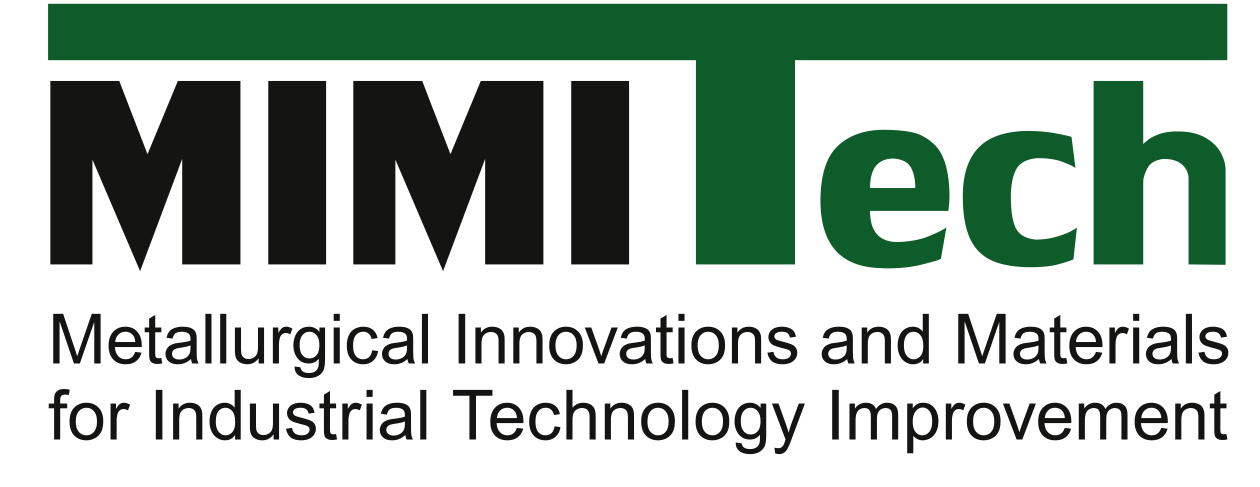
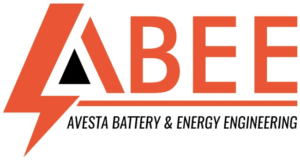
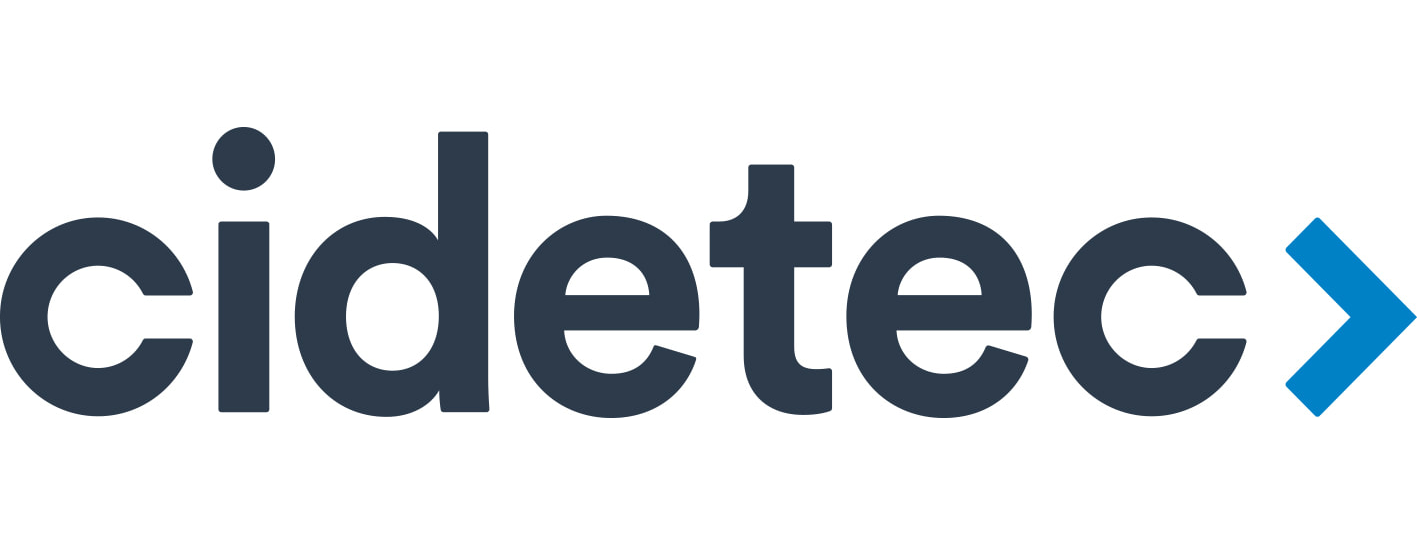
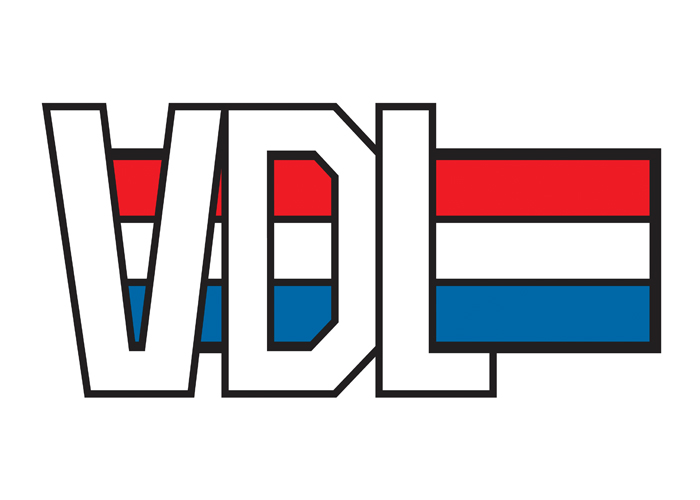
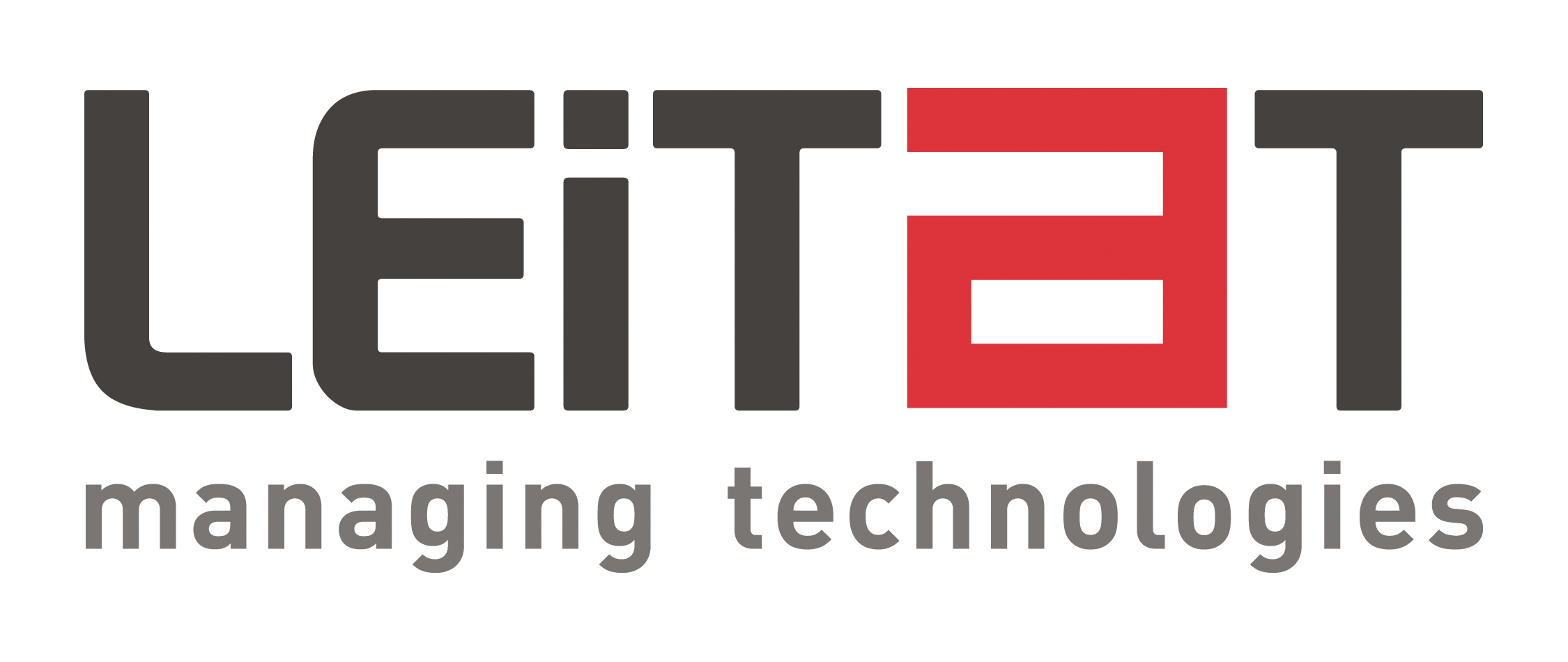
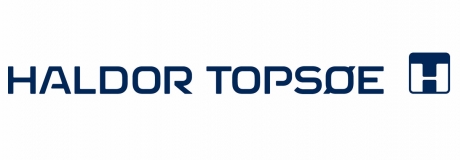
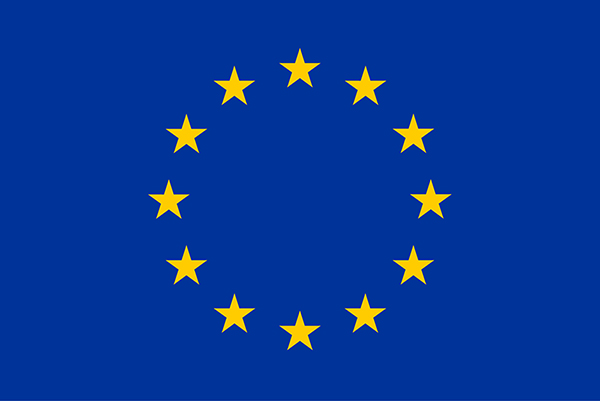
This project has received funding from the European Union’s Horizon 2020 research and innovation programme under grant agreement No 875126. This publication reflects only the author’s views and the European Union is not liable for any use that may be made of the information contained therein.

